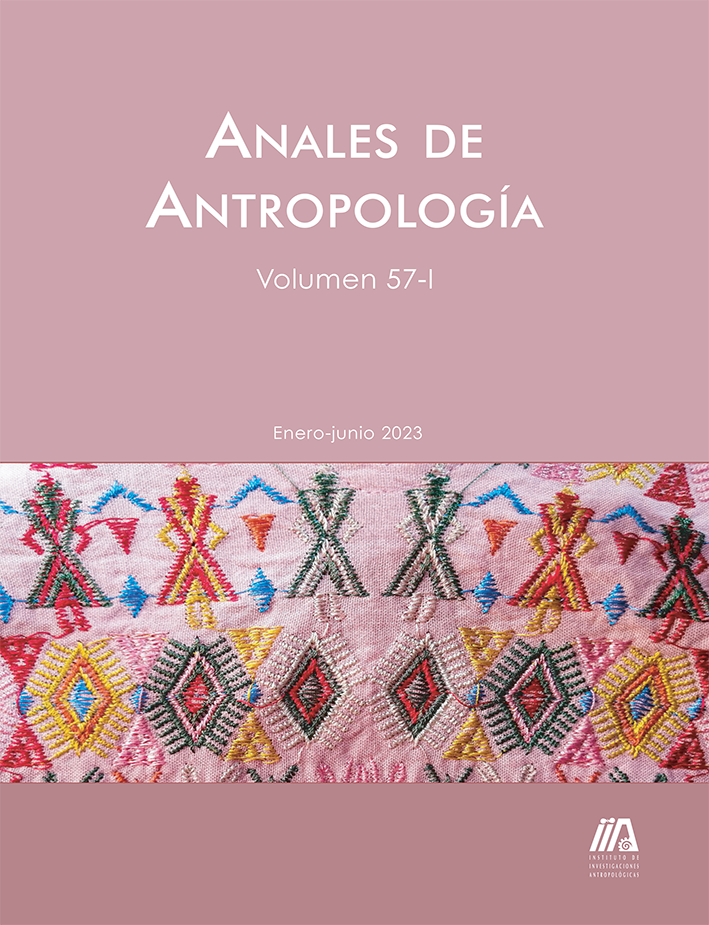Rock art and archaeological surveys in El Salvador. Results and interpretations
Main Article Content
Abstract
The study of rock art, wherever it is carried out, involves several problems, of which chronology is one of the most delicate. Up to now, the methods for producing direct dates concern sites with paintings where radiocarbon dating can be established directly on the pictorial material. In the case of engravings, the dating is more delicate; apart from the iconographic study that can allow to relate motifs with chronological periods, another possibility is to carry out archaeological surveys at the foot of the rock paintings. In this case, the objective is to find artifacts, in particular ceramic or lithic material, which is better known and easier to date for archaeologists. This is a chronological proposal since the possible material evidenced can only be indirectly related to cave production. In El Salvador, the author proposed a study of the cave sites within a more regional perspective, in a study framework covering eastern Guatemala and central Honduras. For the first time, an attempt was made to provide specific research on rock art on a broad scale. Efforts to provide data on the chronology of the sites resulted in archaeological surveys of 11 rock art sites scattered throughout the country. Although not all of them yielded material, the discoveries made it possible to advance chronological proposals for some sites, and also to relate periods with rock art traditions.
Downloads
Article Details
Citas en Dimensions Service

This work is licensed under a Creative Commons Attribution 4.0 International License.
Esta revista usa una licencia CC del tipo CC BY-NC-ND 3.0. Se maneja bajo el esquema de acceso abierto, con una licencia Creative Commons Attribution-NonCommercial-NoDerivs 3.0 Unported.
